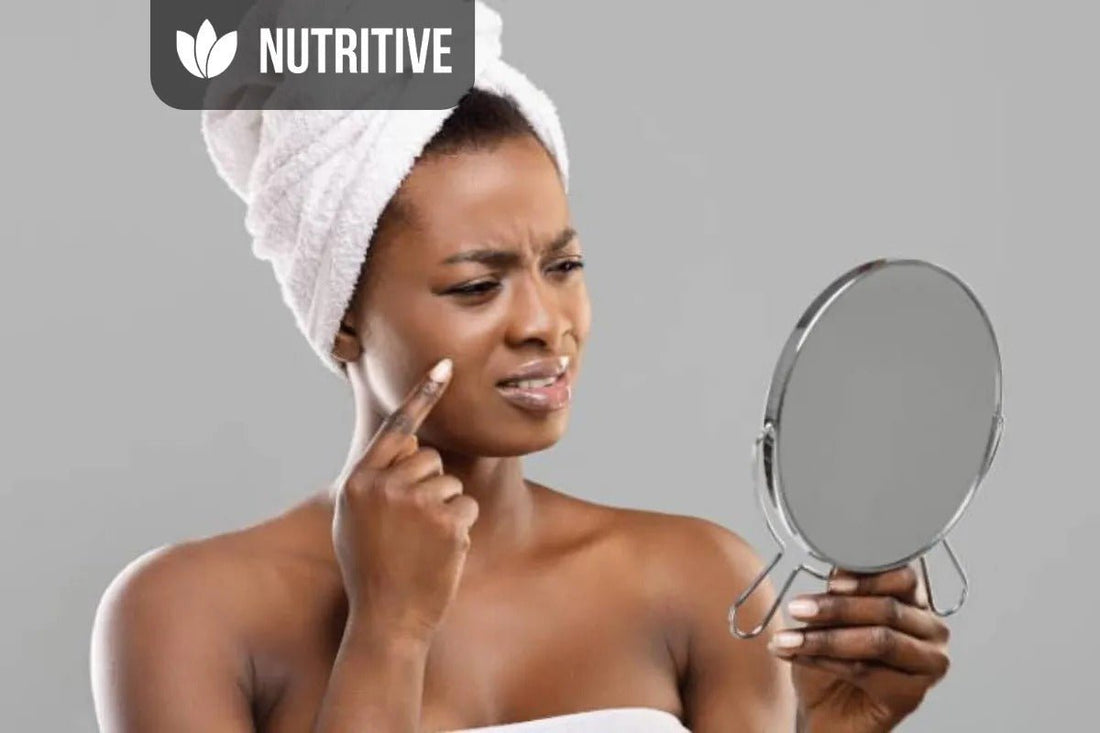
How effective is the mask against blackheads and blackheads at home?
Of course, any person, whether a woman or a man, wants to get rid of these problems and have clean and healthy skin. In search of an ideal remedy, many turn their eyes to homemade masks. But how effective are they really, and are they comparable to professional cosmetics?
A mask against black dots and blackheads at home - myths and reality
The first myth is that natural ingredients equal effectiveness. Indeed, some natural ingredients, such as honey, oats and clay, can help improve the condition of the skin. However, their effectiveness may be limited compared to more concentrated professional products.The second myth is the danger of self-activity. Attempts to create a mask from kitchen products can sometimes end in unwanted reactions, especially if you have sensitive skin. Professional products offer a more controlled and tested formula.
The third myth is that time is a success factor. Homemade masks against acne can take a lot of time to prepare and use. Professional tools are usually more convenient to use and save your precious time.
Homemade recipes for masks against black dots and acne
Honey-lemon mask: mix 1 tablespoon of honey with the juice of half a lemon. Apply a thin layer on the face and leave for 15-20 minutes. Honey moisturizes, and lemon brightens and kills bacteria.Clay: mix clay (green, white or blue) with a small amount of water to form a paste. Apply to face and let dry. Clay helps absorb excess sebum and cleans pores.
Honey-oatmeal: Mix oatmeal with honey until a thick mass is obtained. Apply to the face, massage in circular motions and leave for 15 minutes. Oats help remove dead cells and excess sebum.
Tomato: Crush half a ripe tomato and add 1 teaspoon of sugar. Apply the mass on the face and massage for 5 minutes, then leave for another 10 minutes. Tomatoes contain acids that help lighten the skin.
Egg: Beat the egg white until frothy. Apply to the face and leave until completely dry. Protein tones the skin and can reduce the visibility of pores.
Remember:
- Before using a new product, test the reaction on a small area of the hand, for example.
- Try not to massage your face too actively to avoid irritation.
- The frequency of use depends on the type of dermis; do not overdo it with home procedures.
Professional cosmetic procedures
- Peels and exfoliation: The best peels contain higher concentrations of active substances, which provides deeper and more effective cleansing. For example, hybrid two-phase mild AHA+BHA peeling and Biono magnolia extract gives an obvious brilliant result already after the first application. Gray face, postacne marks, pigmentation or severe wrinkles - this product will become an indispensable assistant in improving the condition of your skin. Harmoniously selected active components work on several levels at once, improving the condition of the dermis from the first seconds of use. The product stimulates metabolic processes in tissues, increases elasticity and, as a result, gives the face a fresher and healthier look.
- Laser technologies: Lasers can effectively fight blackheads and blackheads, refreshing the skin and stimulating its renewal.
- Expert consultation: Dermatologists and cosmetologists provide individual recommendations, taking into account skin type, degree of problem and medical history.
Conclusion:
The question "home masks vs professional cosmetics" is rather a question of balance. Homemade masks can be useful in care, especially if you prefer natural components. However, when it comes to more serious problems, professional procedures and tools usually provide more reliable and effective results.Remember that each skin is unique, and the approach should be individualized. Consultation with a professional will help you choose the best way to achieve the desired results without risking your skin health.










